The main ingredients for preparing the dish "Taro cooked with dried buffalo skin".
Using readily available ingredients from the daily lives of the Muong people, combined with traditional local culture and elaborate preparation methods, this dish creates an unforgettable culinary experience for every diner.
The two main ingredients for this unique and appealing dish are buffalo hide and taro. The taro used is a sweet variety grown in gardens, ponds, or fields. The buffalo hide is cleaned after slaughtering the buffalo and then hung in the kitchen attic. With the daily smoldering smoke from the kitchen stove, the hide dries and never spoils; it is only taken down and prepared when needed for cooking.
For the Muong people, men are usually the main chefs, while women assist with related tasks. As a native of Toan Thang commune, Muong land, Bui Van Nam inherited the traditional recipe from his ancestors. Although the process is quite elaborate, the finished dish promises to be irresistibly delicious.
Having mastered the technique, in the tranquil setting of the Muong village, by the crackling fire, Nam's hands nimbly began preparing the buffalo hide for processing. He could quickly estimate the quantity of ingredients needed for how many people would eat.
"For a meal for four people, you'll need about 400g of dried buffalo hide, 500g of taro leaves, 3g of he seeds (mắc khén), 10g of ginger, 3g of wild kiaa leaves, and one unripe papaya; seasonings include fish sauce, seasoning powder, cooking oil, and lard or cooking oil," Mr. Nam shared.
As he spoke, he took down the skewers of buffalo hides hanging in the kitchen, still blackened by smoke, to begin processing them. Despite their color, when grilled over charcoal, the hides would burn off the black patches and swell up. At this point, a few poundings with a pestle would remove the black parts, revealing the naturally golden-brown hide underneath, which could then be washed clean with water.
Buffalo hides were hung in the attic above the wood-burning kitchen.
Use tongs (like those used to pick up firewood) to heat the buffalo hide over charcoal.
Taro leaves are hand-picked (without a knife), washed, and rolled into bundles, as this is believed to ensure the correct flavor when eaten; for some older plants, the outer skin is peeled off. Green, unripe papayas are selected; the outer skin is lightly scored with a knife to allow the sap to drain, then washed and sliced thinly, leaving the seeds intact. The seeds of the *mac khen* plant are roasted over a fire to enhance their aroma, then pounded in a mortar until finely ground. Wild *kia* leaves and ginger root are also finely ground.
Muong women pick taro leaves from their gardens to cook a local specialty dish.
Mr. Bui Van Nam slices the buffalo hide after briefly boiling it.
After preparing all the ingredients, it's time for skillful hands to start cooking. The process usually takes half a day to complete. The buffalo hide, after initial preparation, is boiled for about 2 minutes, then rinsed and the first boiling water discarded. The hide is then simmered until it expands and softens; it is then removed and sliced into bite-sized pieces.
Next, add the taro leaves and thinly sliced papaya to the pot of simmering buffalo hide broth. Add a little ginger and a few drops of cooking oil or lard to soften the taro leaves and create a rich, creamy texture. Once the taro is tender, return the buffalo hide to the pot and stir well until everything is combined into a thick, viscous consistency. Finally, season with spices, add ginger, he seeds, and wild kia leaves, and stir once more to complete the dish.
When you taste it, the dish has the characteristic chewy texture of buffalo hide, combined with the sweet and nutty flavor of taro, the slightly bitter and refreshing taste of papaya, the mildly spicy aroma of ginger and mắc khén (a type of spice), and the fragrance of wild kịa leaves. All these elements blend together to create a flavor unlike any other dish.
A bowl of taro soup cooked with dried buffalo skin is delicious.
Not only is it a unique and delicious dish, but according to folk knowledge, buffalo hide, when prepared, contains natural collagen and various vitamins, combined with spices that are beneficial for people with musculoskeletal problems and help fight aging. For a long time, this dish has been a favorite of the Muong people and is a unique culinary tradition, indispensable when entertaining honored guests and during festivals.
Today, despite the many choices available in modern life, among countless dishes, the dish of taro cooked with dried buffalo skin still holds a special place for the people of the Muong region. This ethnic cuisine is a crystallization of the culture and beliefs of the people, passed down from generation to generation. Several homestays and restaurants in Hoa Binh have introduced this dish to serve both domestic and international tourists.
For those who have never tasted it, the initial sensation might be strange, but one taste is sure to leave a lasting impression. Behind its unique flavor lies a story about the land, its people, their connection with nature, and the skillful craftsmanship and warm hospitality of the Muong people.
In 2023, the dish "Mon stewed with dried buffalo skin" was honored by the Vietnam Culinary Culture Association in its quest to find typical culinary cultural values, under the project "Building and developing Vietnamese culinary culture into a national brand." This affirms the value of traditional Muong culinary culture that has been and is being preserved and promoted in contemporary life.
Cam Le
Source: https://baophutho.vn/thuong-thuc-mon-an-cua-nguoi-muong-lot-top-tieu-bieu-nhat-viet-nam-238198.htm


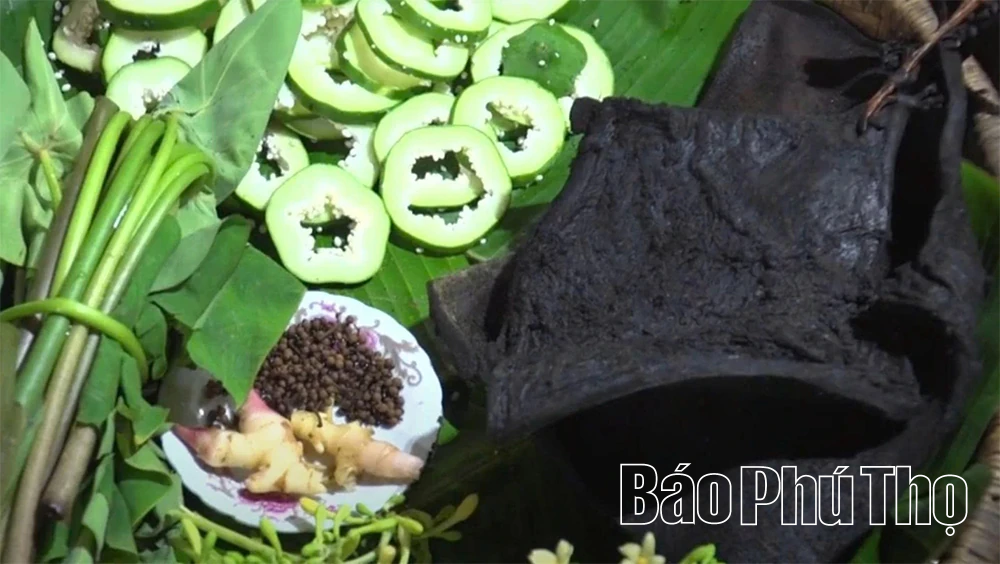
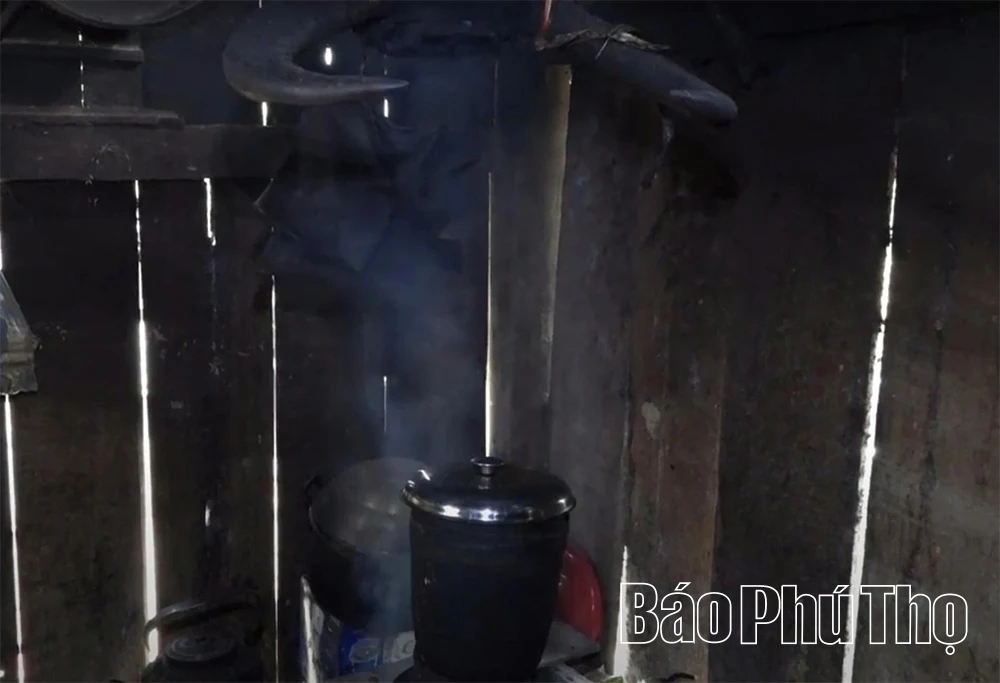
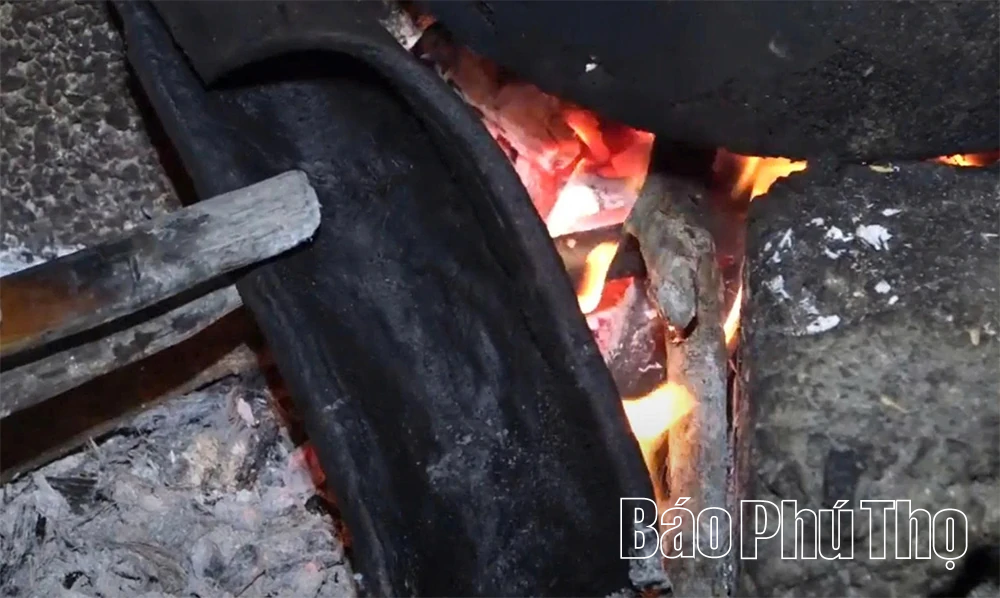
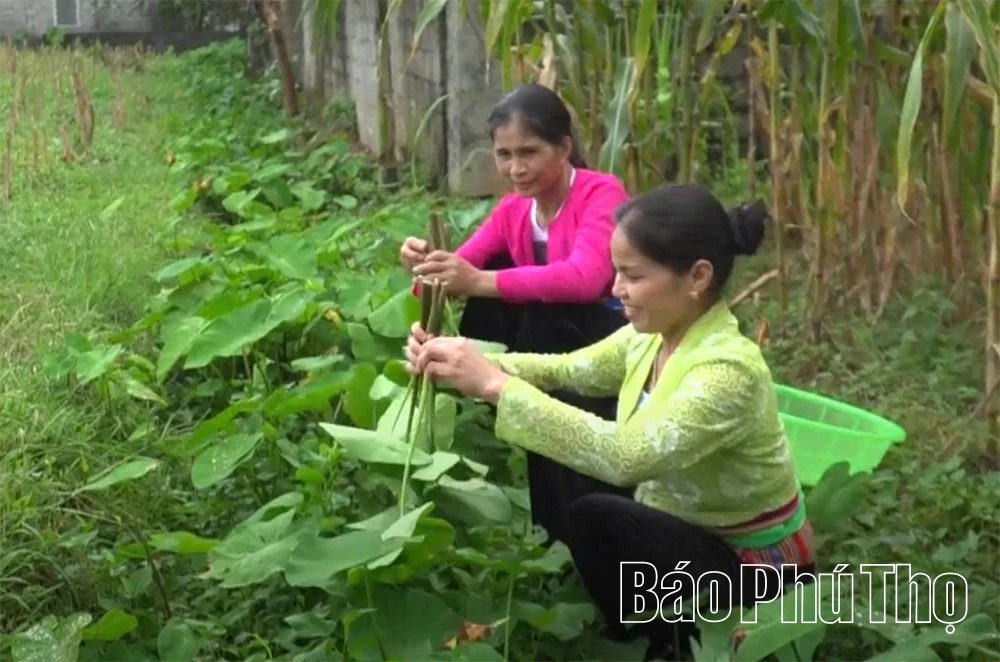
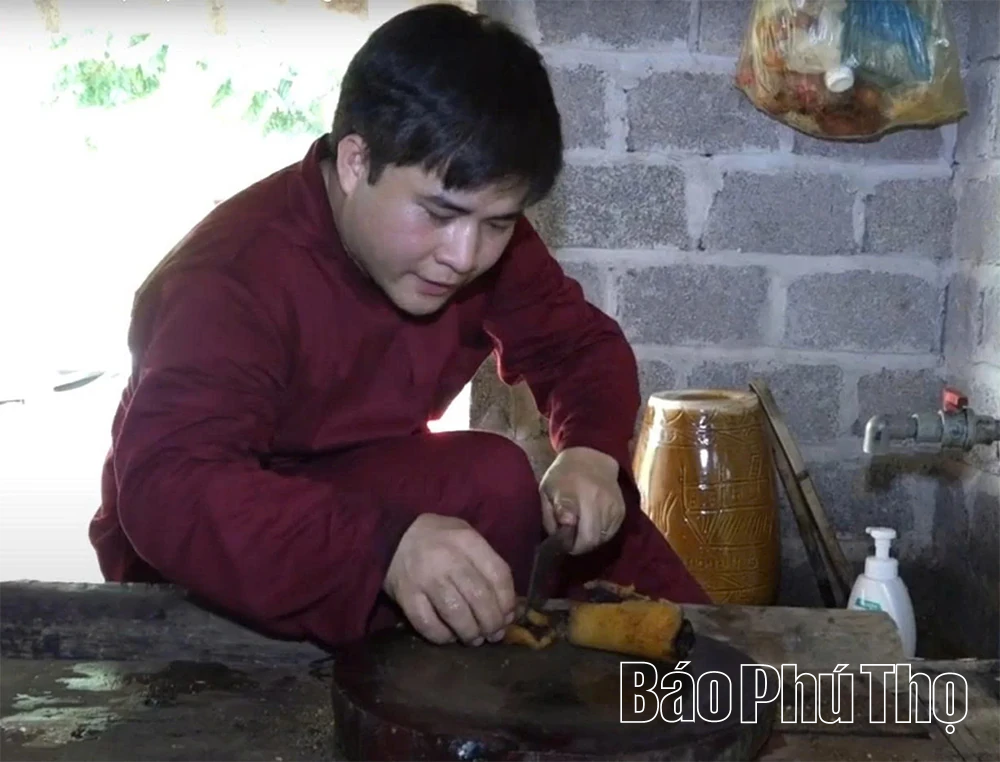
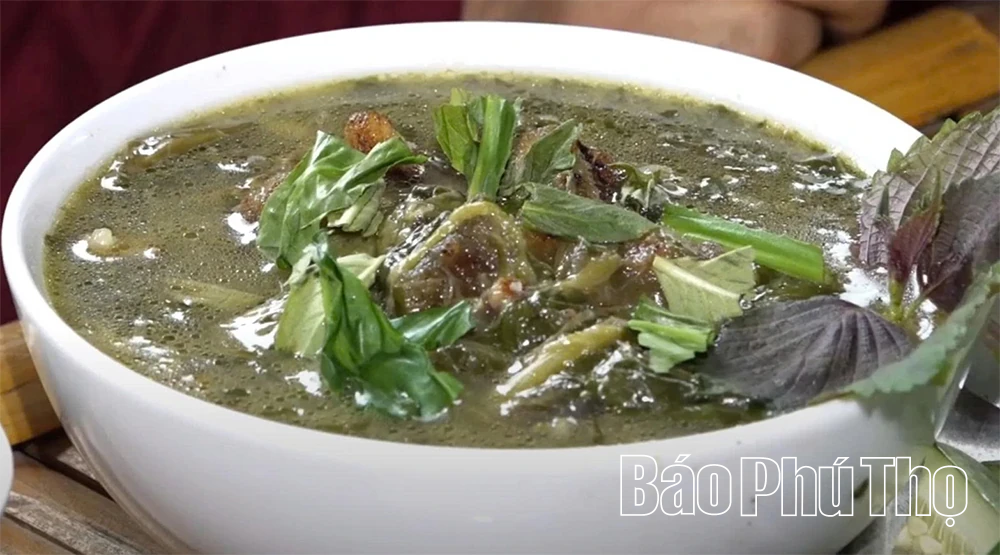







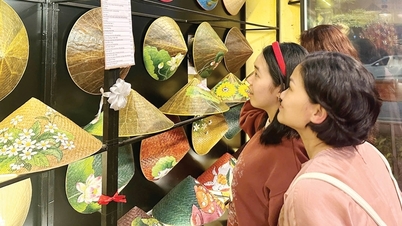

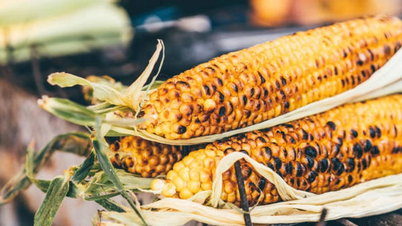

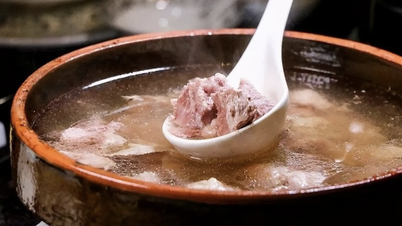


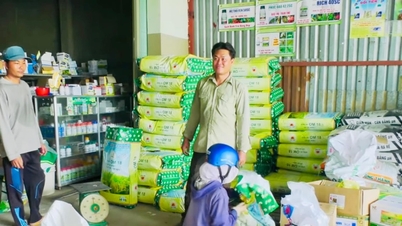



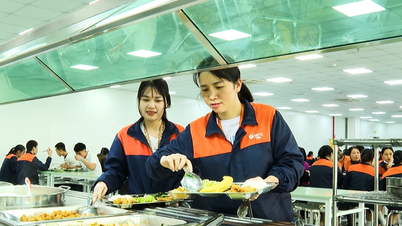
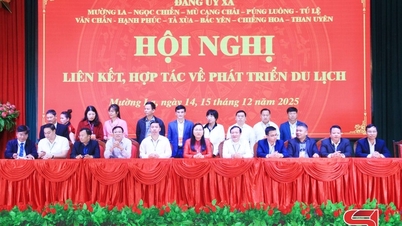

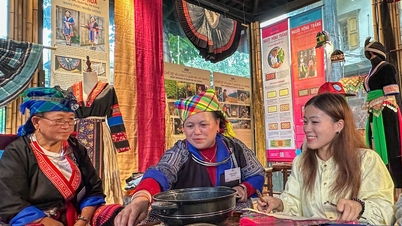

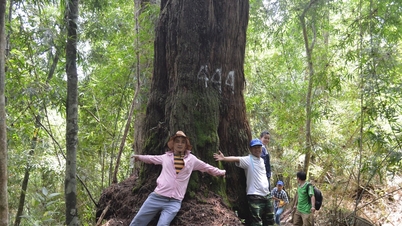

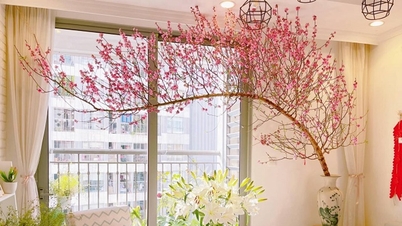




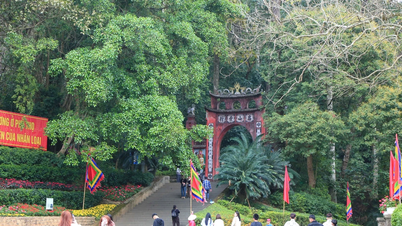
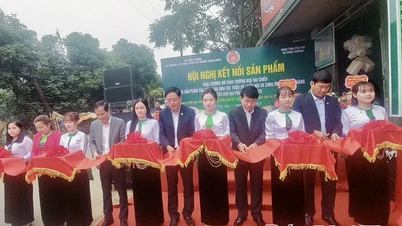
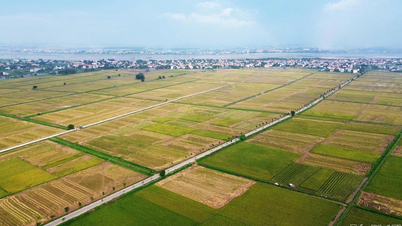
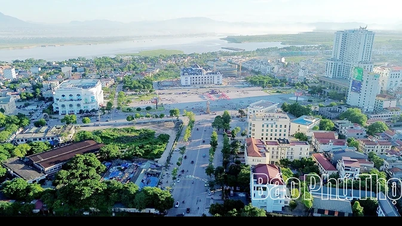
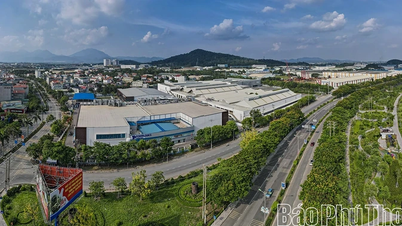


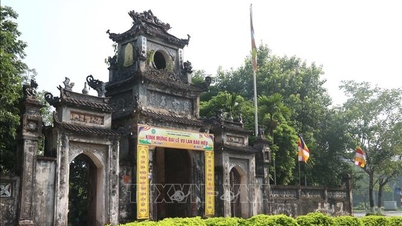

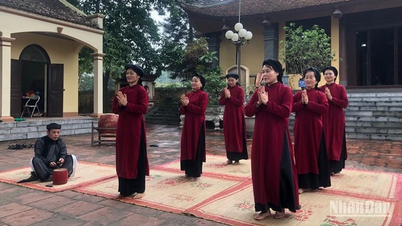

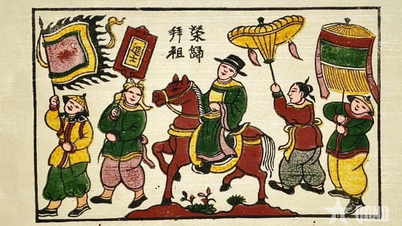

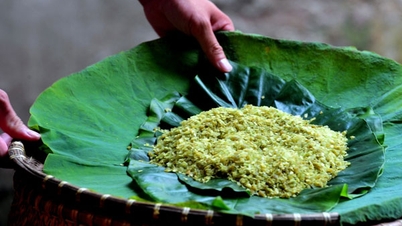

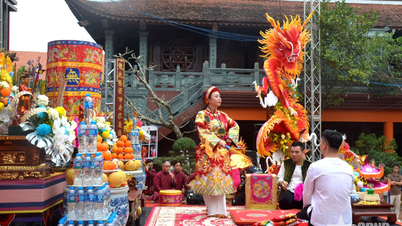



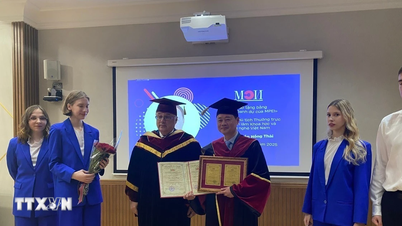




















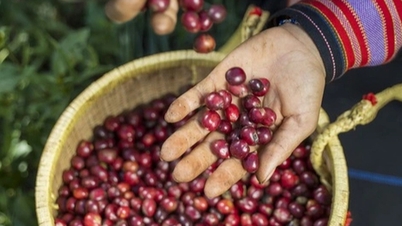
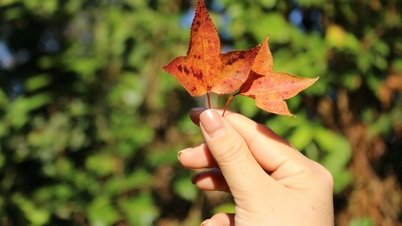



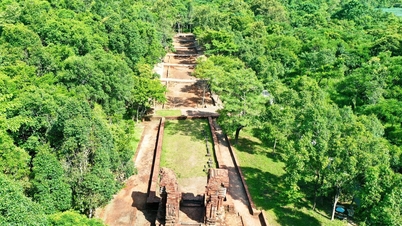




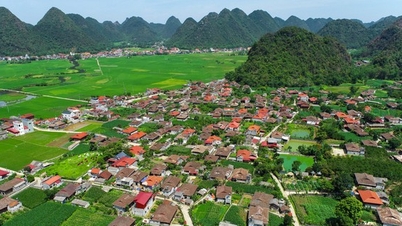








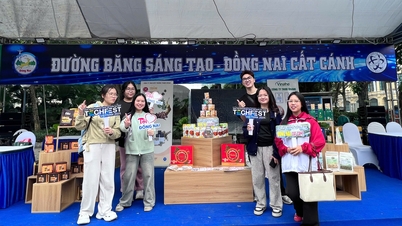

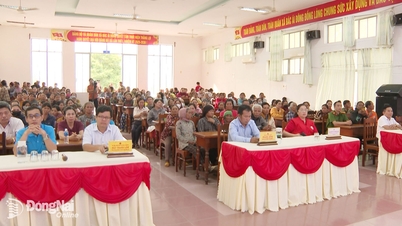













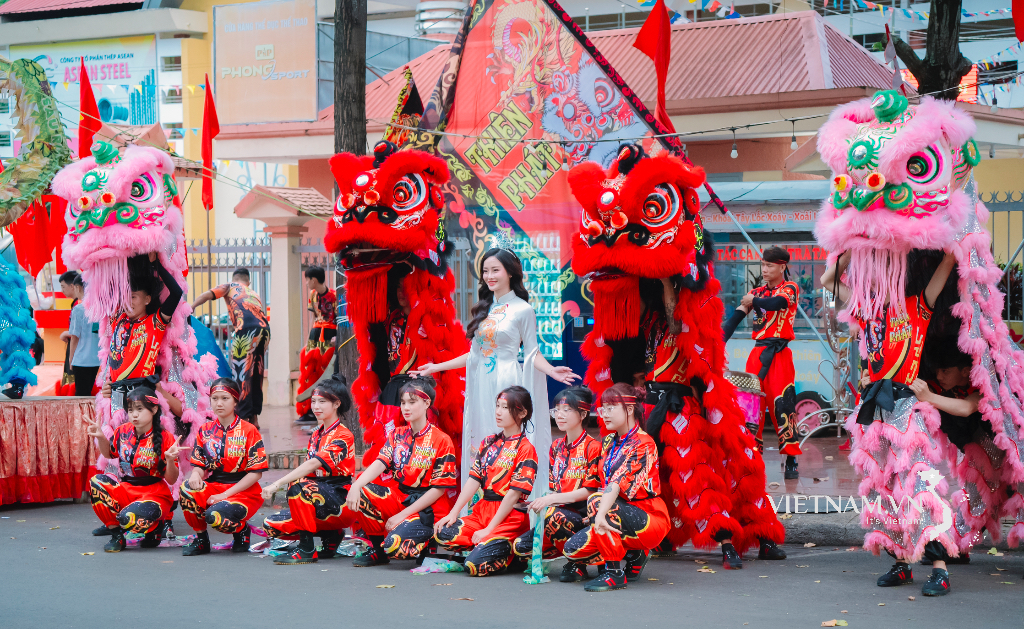
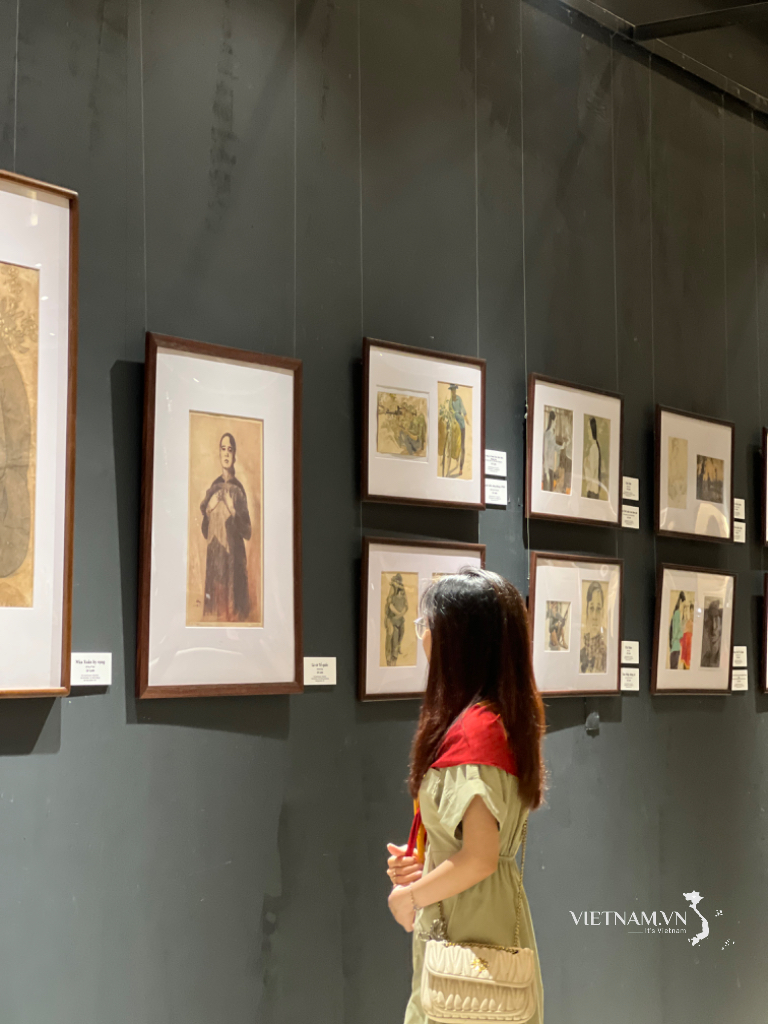

Comment (0)